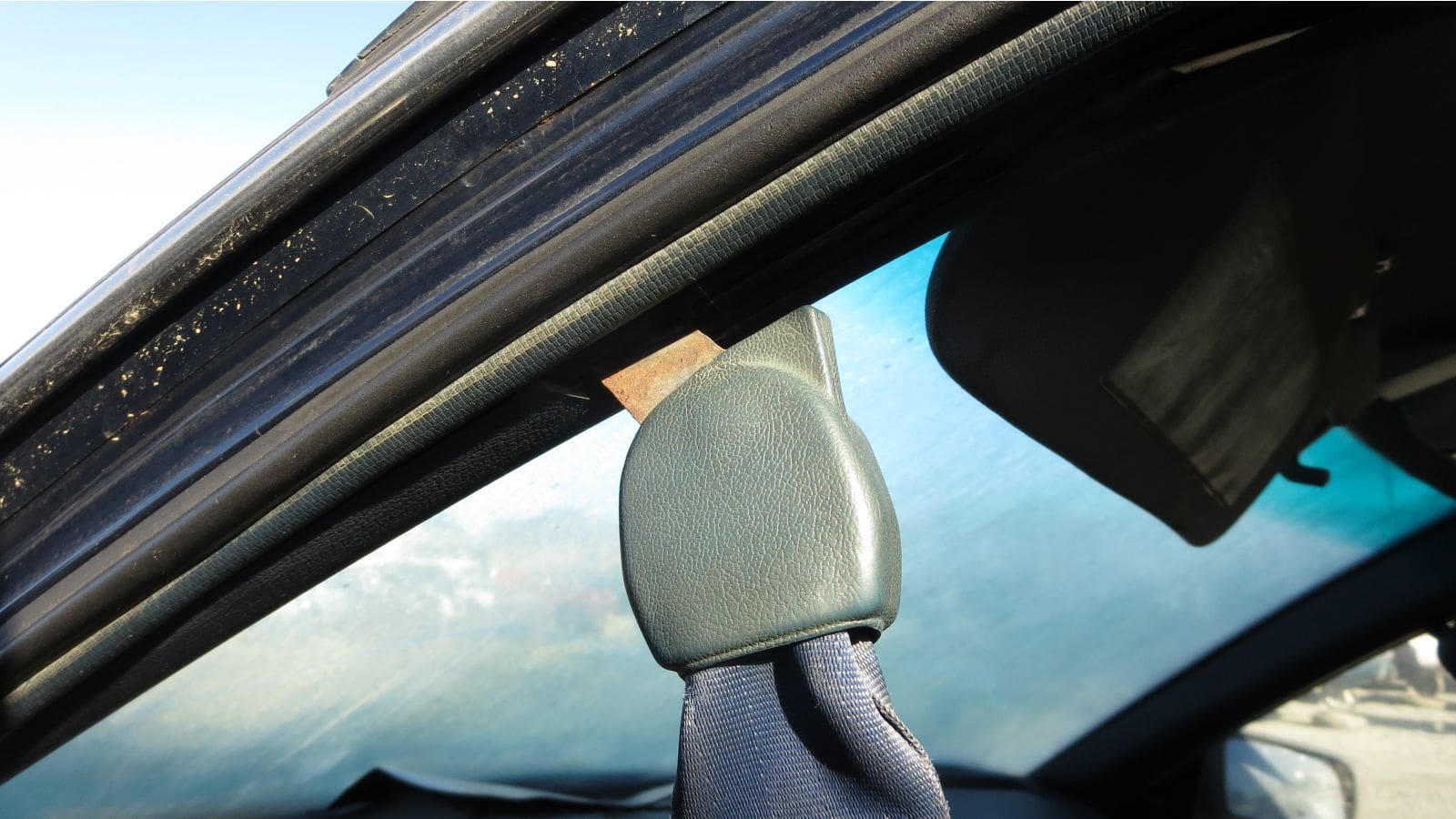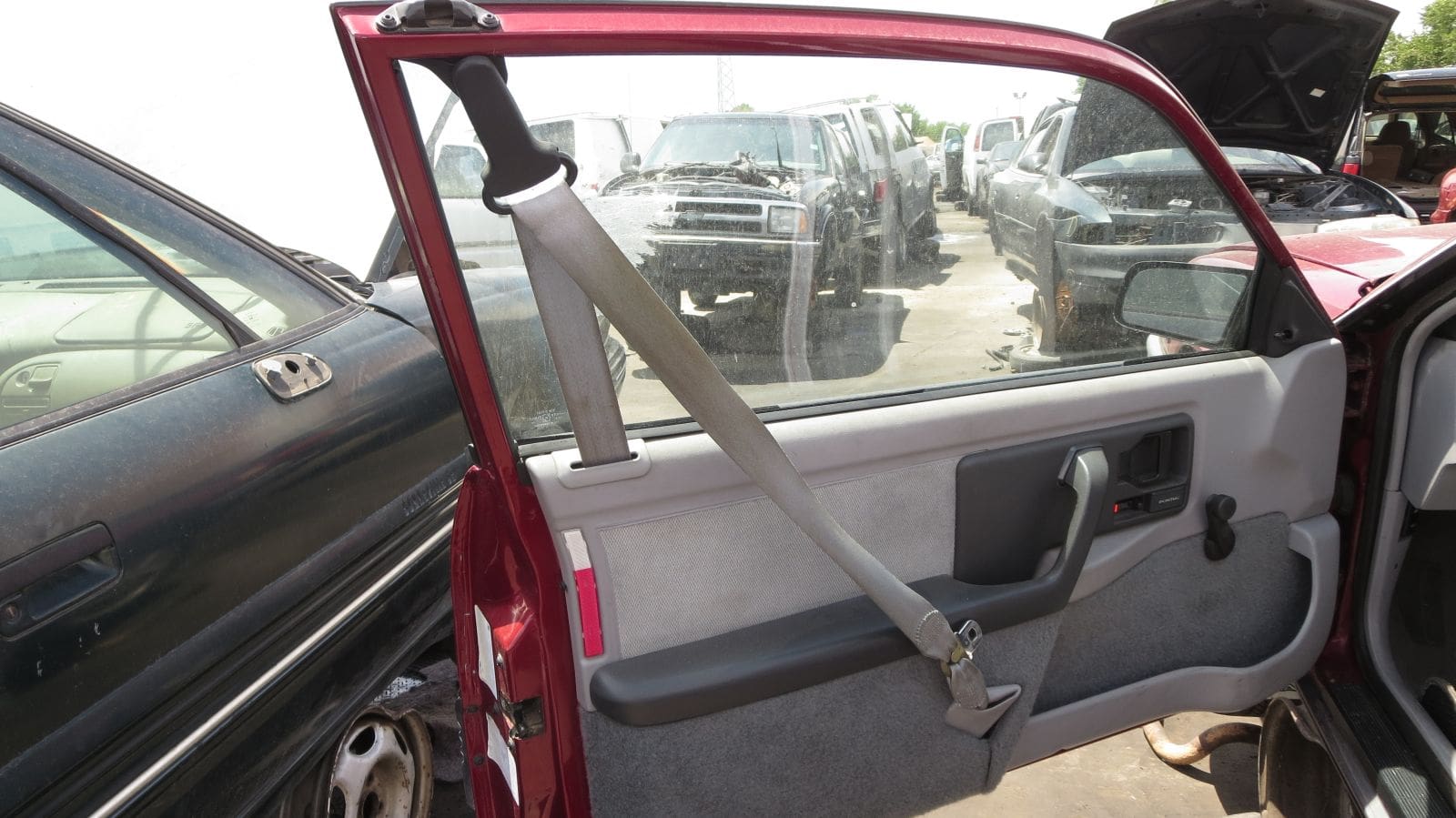The 1980s were a time of trial and tribulation in the auto industry. Technology was changing at a rapid pace but regulations were also coming down hard. Cars became lighter weight and the styles changed dramatically in the 1980s, and this was also the period that the minivan rose in popularity. There were cars like the DMC-12 that drew an entirely new generation of drivers to vehicle showrooms. The interesting thing about this decade was the fact that drivers were becoming more in tune with their vehicles. These extinct features disappeared but the technology continued to improve.
Things like electronic dashboards, paneling, and electronic seatbelts were just some of the things that defined the era. Cars like the original Nissan Maxima had interactive dashboards and interiors way before it was even a thing. This was a true decade of innovation for the automotive manufacturers and it’s a lot of the reason that we got the automotive industry that we have today. We looked back at some of the now-extinct features that shaped the modern auto industry we have today.

Automatic Seatbelts
An automated car interior was always the dream of automotive enthusiasts. But the trouble was just finding the technology to do it. One of the first things that automakers decided to electrify was the seatbelt restraint system. The very first electronic seatbelt system was a very simple thing. It often got stuck in the track and drivers weren’t too fond of it, which is why it didn’t stick around past the latter part of the 1990s (via McCarthy Collison).

But you’ll notice that a lot of modern cars are started to go back to having some sort of seatbelt reminder system. Modern safety features have been developed because of this failure. The seatbelt systems that we have today wouldn’t exist if it weren’t for the innovations of the 1980s.
